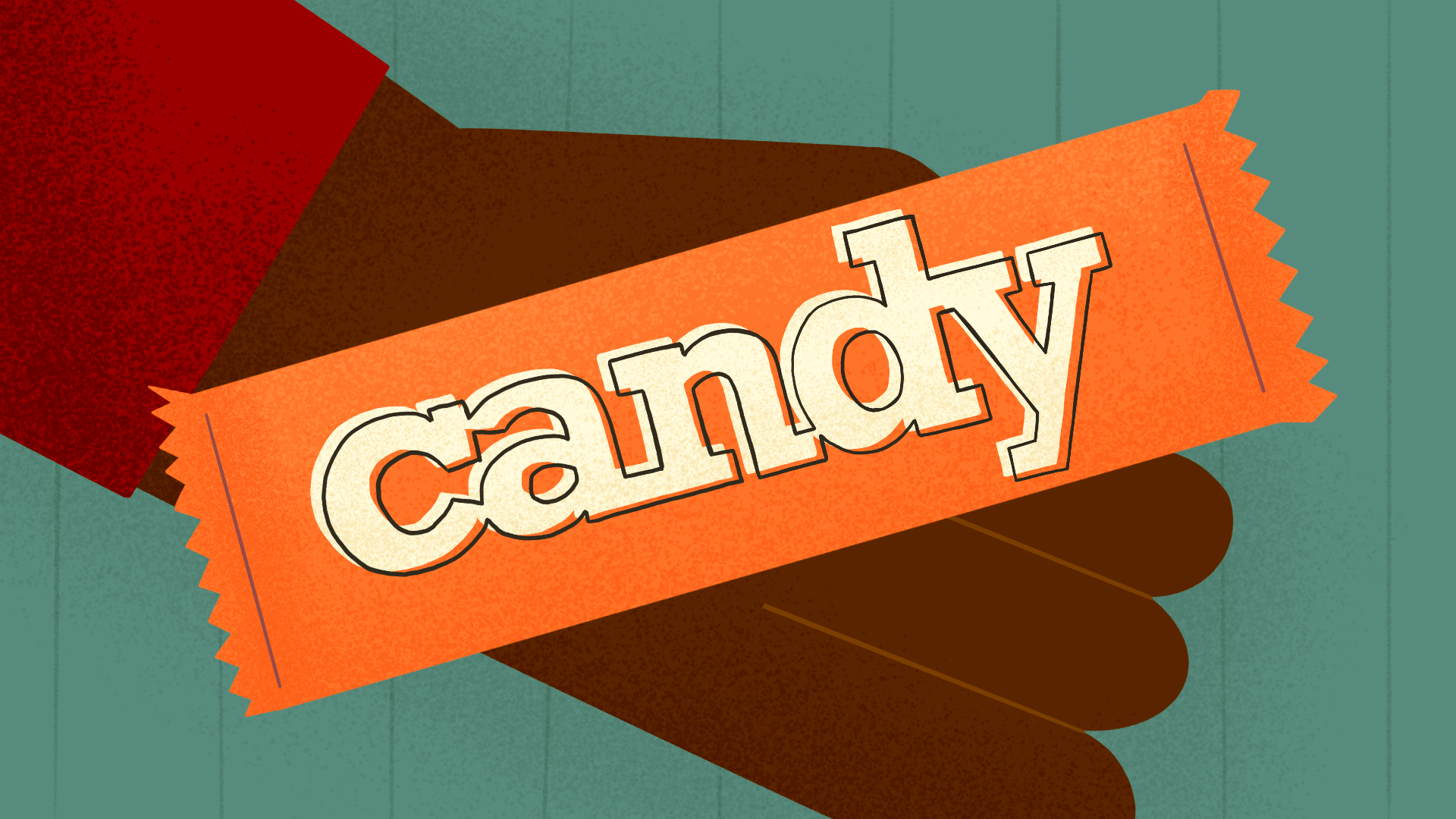- October 27, 2023
- By Maggie Haslam
Have you ever blown past your quota for Halloween candy and felt ashamed—but not satisfied? It’s not your stamina for sweets that’s changed—it’s the candy, which has gotten smaller over the past few years, thanks to a phenomenon known as “shrinkflation.” Toilet paper, cereal boxes and other grocery shelf staples have also fallen victim to manufacturers’ sneaky tactic of shrinking the size or weight of a product and selling it at the same price.
While shrinkflation isn’t a new trend, there’s been a sharp uptick since the pandemic, said University of Maryland marketing Professor Jie Zhang, the Harvey Sanders Fellow of Retail Management. Supply chain disruptions are common during materials shortages or high inflation, but the one during COVID-19 reverberated across the food industry, prompting many companies to quietly trim ounces, alter packaging—and sometimes, raise prices anyway.
“I wouldn’t go as far as to say it's intentionally deceptive, but it’s certainly much subtler than keeping the package size and raising the package price,” she said. “And we’ve probably never experienced it at such a widespread level in recent history.”
Below, Zhang unwraps some of the scary statistics around our incredible shrinking products:
The proof is in the packaging. Changing the shape and proportion of the packaging—like a skinnier, taller cereal box—is a popular tactic for masking smaller product size, said Zhang. “If it’s the same shape, but just getting smaller, it’s easier for customers to detect it.” New packaging is sometimes billed as a benefit: Gatorade sold its new curved bottle by touting its skinny middle as easier for athletes to grab, not that it was 4 ounces less.
Yes, products also cost more. The food sector saw one of the biggest price increases in 2022 since the pandemic, with hikes of over 10% at its peak. This is largely due to supply chain challenges in production and distribution, particularly for packaged food. “Whether it’s through shrinkflation, raising prices, or both, price increases are just more widespread.”
[Bat Myths Busted: Do They Suck Your Blood? Are They Actually Blind? A Wildlife Biologist Explains]
But it’s not always about cost. While main motivators are the rising cost of ingredients and production, companies have other reasons to reconsider product sizes, such as a demand for healthier eating or more sustainable packaging. The shrinking of restaurant portions, which is also on the rise in the U.S., might incentivize customers to try more items on the menu. “There are certainly more reasons than just sneakily passing on the cost of materials and production, but I would say it’s the predominant reason.”
You can protect yourself in the grocery aisle. While there have been a handful of instances of legal recourse, such as a 2020 $2.5 million class action lawsuit against McCormick Spices, consumers lack the legal basis to sue companies for shrinkflation. But they can vote with their wallets, said Zhang. In addition, the Uniform Unit Pricing laws, enforced by 19 states and two territories in the U.S. including Maryland and the District of Columbia, requires retailers to clearly label the unit price of a product in addition to its package price. “It makes price comparison easier and more transparent across products that are sold in different package sizes,” she said. Her advice to shoppers: pay more attention to unit prices instead of package prices.
Trick-or-treaters will keep working harder for their haul: Companies will continue the practice as long as consumers are willing to tolerate it, said Zhang. And while products won’t be able to shrink indefinitely, she said that it’s also unlikely that they’ll reverse course anytime soon. “On Halloween, you may just have to give out two candy bars instead of one.”
Topics
Research